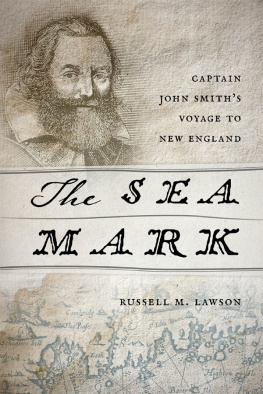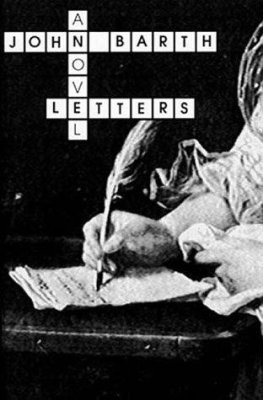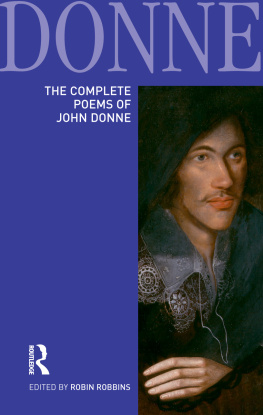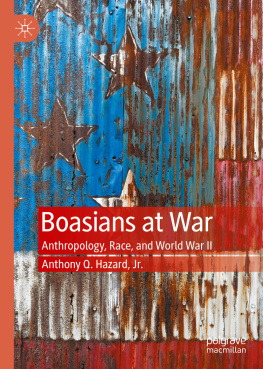ROUTLEDGE LIBRARY EDITIONS: AMERICA REVOLUTION & CIVILWAR
Volume 7
EBENEZER HAZARD, JEREMY BELKNAP AND THE AMERICAN REVOLUTION
First published in 2011 by Pickering & Chatto (Publishers) Ltd
This edition first published in 2021
by Routledge
2 Park Square, Milton Park, Abingdon, Oxon OX14 4RN
and by Routledge
52 Vanderbilt Avenue, New York, NY 10017
Routledge is an imprint of the Taylor & Francis Group, an informa business
2011 Russell M. Lawson, Taylor & Francis Ltd
All rights reserved. No part of this book may be reprinted or reproduced or utilised in any form or by any electronic, mechanical, or other means, now known or hereafter invented, including photocopying and recording, or in any information storage or retrieval system, without permission in writing from the publishers.
Trademark notice: Product or corporate names may be trademarks or registered trademarks, and are used only for identification and explanation without intent to infringe.
British Library Cataloguing in Publication Data
A catalogue record for this book is available from the British Library
ISBN: 978-0-367-54033-3 (Set)
ISBN: 978-1-00-312459-7 (Set) (ebk)
ISBN: 978-0-367-64341-6 (Volume 7) (hbk)
ISBN: 978-1-00-312415-3 (Volume 7) (ebk)
Publishers Note
The publisher has gone to great lengths to ensure the quality of this reprint but points out that some imperfections in the original copies may be apparent.
Disclaimer
The publisher has made every effort to trace copyright holders and would welcome correspondence from those they have been unable to trace.
First published 2011 by Pickering & Chatto (Publishers) Limited
Published 2016 by Routledge
2 Park Square, Milton Park, Abingdon, Oxon OX 14 4RN
711 Third Avenue, New York, NY 10017, USA
Routledge is an imprint of the Taylor & Francis Group, an informa business
Taylor & Francis 2011
Russell M. Lawson 2011
All rights reserved, including those of translation into foreign languages. No part of this book may be reprinted or reproduced or utilised in any form or by any electronic, mechanical, or other means, now known or hereafter invented, including photocopying and recording, or in any information storage or retrieval system, without permission in writing from the publishers.
Notice:
Product or corporate names may be trademarks or registered trade marks, and are used only for identification and explanation without intent to infringe.
BRITISH LIBRARY CATALOGUING IN PUBLICATION DATA
Lawson, Russell M., 1957
Ebenezer Hazard, Jeremy Belknap and the American Revolution. (The Enlightenment world)
1. Hazard, Ebenezer, 17441817 Correspondence. 2. Belknap, Jeremy, 17441798 Correspondence. 3. Postmasters general United States Correspondence. 4. Historians United States Correspondence. 5. United States History Revolution, 17751783 Sources.
I. Title II. Series III. Hazard, Ebenezer, 17441817.
IV. Belknap, Jeremy, 17441798.
973.30922-dc22
ISBN-13: 978-1-84893-045-2 (hbk)
Typeset by Pickering & Chatto (Publishers) Limited
Many institutions provided support and assistance in the writing of this book. I wish to thank the administration of Bacone College for unwavering support of my research and publications. The Professional Development Fund of Bacone College has been most helpful. The staffs of the libraries at Bacone College, the Oklahoma School of Science and Mathematics, Oklahoma State University, the New Hampshire Historical Society, Historical Society of Pennsylvania and American Philosophical Society have also provided much assistance. I particularly wish to thank the library staff at the Massachusetts Historical Society for their help during my visits. Unpublished materials from the Belknap Papers are reprinted by permission of the Massachusetts Historical Society where they are held.
For Dave
Upon being appointed postmaster general of the United States of America in 1782, Ebenezer Hazard designed a seal for the burgeoning postal service. Hazard, a classicist and a Greek scholar, chose as the symbol of the post office the Roman god
Mercury was the god of thieves and deception, which was not lost on Postmaster Hazard when designing the seal for the nascent post office. His years as surveyor general of post roads during the War for Independence taught Hazard that subterfuge and the ability to escape detection were qualities enabling the post rider to evade capture, like a thief in the night. Communications during wartime were hazardous and unreliable; the careful correspondent used guarded wording or more direct forms of deception. Letters were sealed with wax and delivered often by anyone who happened to be available. Belknaps friend and cousin by marriage the Boston clergyman John Eliot wrote of the irregularity of his correspondence with Belknap in a letter dated 4 July 1776, complaining of
the fate of one [of] your former letters, which passd thro several towns & fifty or an hundred hands in every place, each one altering & emending the superscription till it was so variated & filled up as rendered it difficult to know the meaning & took me longer to read it by odds than the contents of the letter.
Hazard, as a postal official in a rebellion against the most powerful empire in the world, had to be particularly careful. It was already the habit of eighteenth-century letter-writers to use only the initials of the names of important or noteworthy people. Hazard and his friend Belknap went further, inventing a code to describe the subjects of their correspondence and to deceive anyone who read their letters by chance or wilfulness. John Eliot, who shared in the jocularity of their puns, was the Freemason, indicative of his political and social leanings. Eliot was Belknaps wife Ruths cousin and his long-time correspondent who lived through the British
Objects and ideas had pseudonyms as well in the correspondence of Belknap, Hazard and friends. After Belknap published a satirical piece designating the
Although there existed a variety of sources during the early years of the Revolution by which to gain information on political, military, social, economic, cultural and intellectual affairs, the epistle was nevertheless the chief means by which revolutionaries divided by long distances shared news and experimented with new ideas that were the sine qua non of revolution. The period from the 1770s to the 1790s was a mercurial age. During this time the United States of America was warring against England, establishing new governments, building a national identity, exploring the hinterland, and refining an American identity in both prose and verse. American
The mutual fascination in the questions of natural and human experience formed the foundation for the
Belknap, likewise, spent most days crouched at his writers desk for long hours, scribbling memoranda, narratives, letters, transcriptions, verse and sermons. Belknap, raised in Boston and educated at Harvard, became well known for his three-volume
In addition to their other literary interests, Hazard and Belknap were epistlers of note. The eighteenth-century Enlightenment was a time when the epistle was, along with the essay, narrative and verse, an art form reflective of a culture focused on beauty, grace and wit. English novelists such as Samuel Richardson and Americans such as Hannah Webster Foster used the epistolary form. So, too, did essayists one thinks of Hector St John de Crevecoeurs














